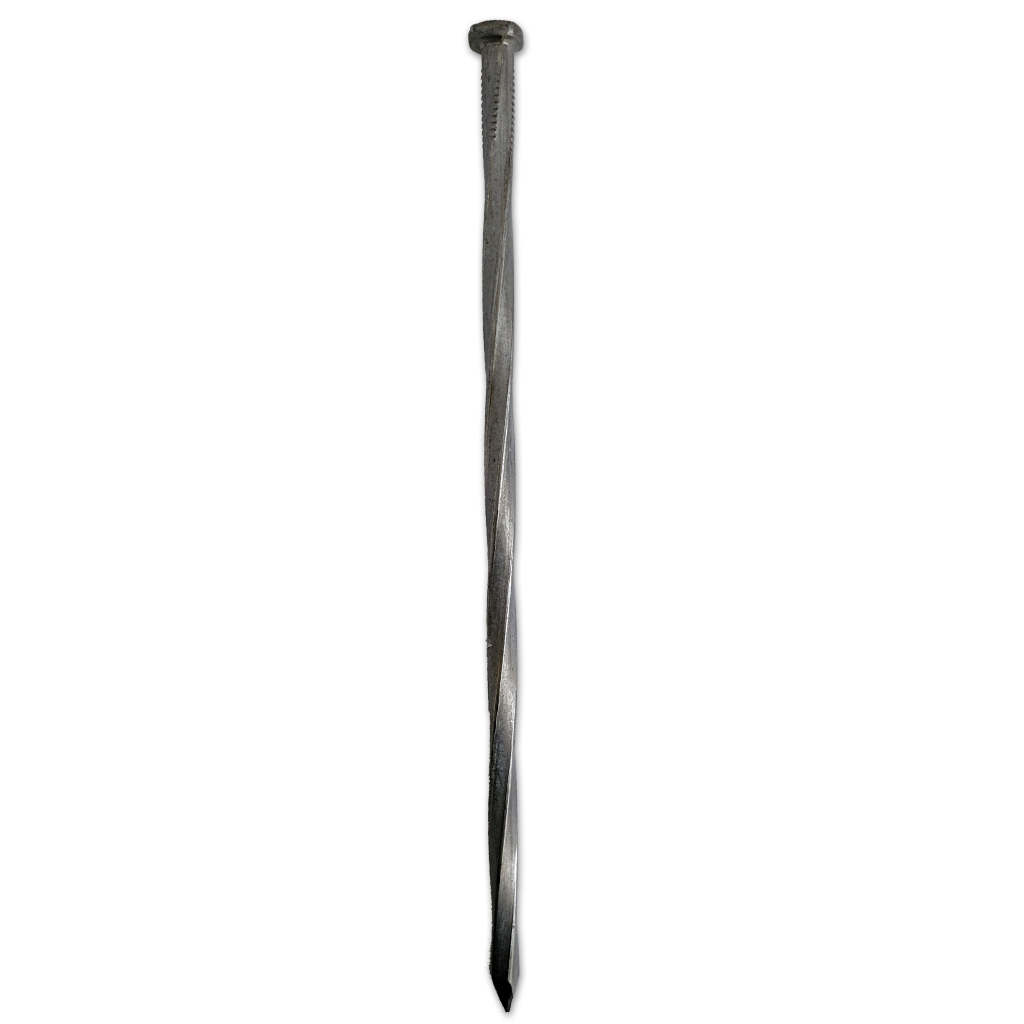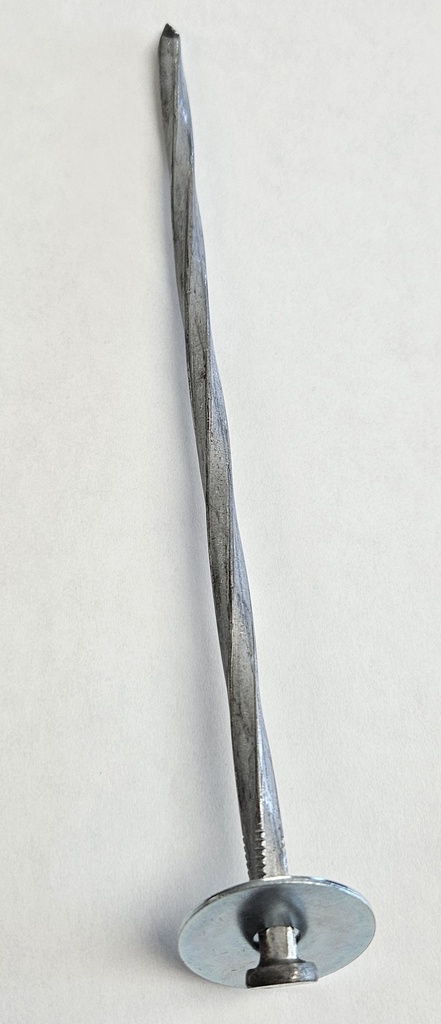Twisted galvanized ground cover anchor nail - 10" length
140-110-040910
Availability:
in stock
Shipping time if backordered::
jusqu'à 2 semaines
In case of backorder::
Only replenished IF YOU ORDER IT
Soil types:
• Loose or sandy soils: The geotextile can easily move under the effect of wind or frequent traffic. The use of nails is therefore recommended for optimal support.
• Clay soils: When wet, these soils become slippery and unstable, which requires reinforced fixing with nails to prevent the geotextile from lifting.
• Hard floors (gravel): U-shaped clips are unsuitable for this type of floor, as they may bend or not engage properly. Nails are therefore the most appropriate option.
Recommended spacing:
• It is recommended to fix the nails or staples every 1 to 2 meters, depending on the climatic conditions (wind, etc.) and the soil type. In case of strong exposure to the wind or on a slope, it's recommended to reduce the spacing to around 50 cm to ensure better hold.
• At the ends and edges of the geotextile, tighter spacing helps prevent any uplift due to weather conditions or traffic.
Soil types:
• Loose or sandy soils: The geotextile can easily move under the effect of wind or frequent traffic. The use of nails is therefore recommended for optimal support.
• Clay soils: When wet, these soils become slippery and unstable, which requires reinforced fixing with nails to prevent the geotextile from lifting.
• Hard floors (gravel): U-shaped clips are unsuitable for this type of floor, as they may bend or not engage properly. Nails are therefore the most appropriate option.
Recommended spacing:
• It is recommended to fix the nails or staples every 1 to 2 meters, depending on the climatic conditions (wind, etc.) and the soil type. In case of strong exposure to the wind or on a slope, it's recommended to reduce the spacing to around 50 cm to ensure better hold.
• At the ends and edges of the geotextile, tighter spacing helps prevent any uplift due to weather conditions or traffic.
| Order-driven inventory |




![[140-110-041000] 6" ground cover fabric securing staples 11-gauge (50/pk)](/web/image/product.product/23176/image_128/%5B140-110-041000%5D%20%E2%80%8B%E2%80%8B6%22%20ground%20cover%20fabric%20securing%20staples%2011-gauge%20%2850-pk%29?unique=1900031)